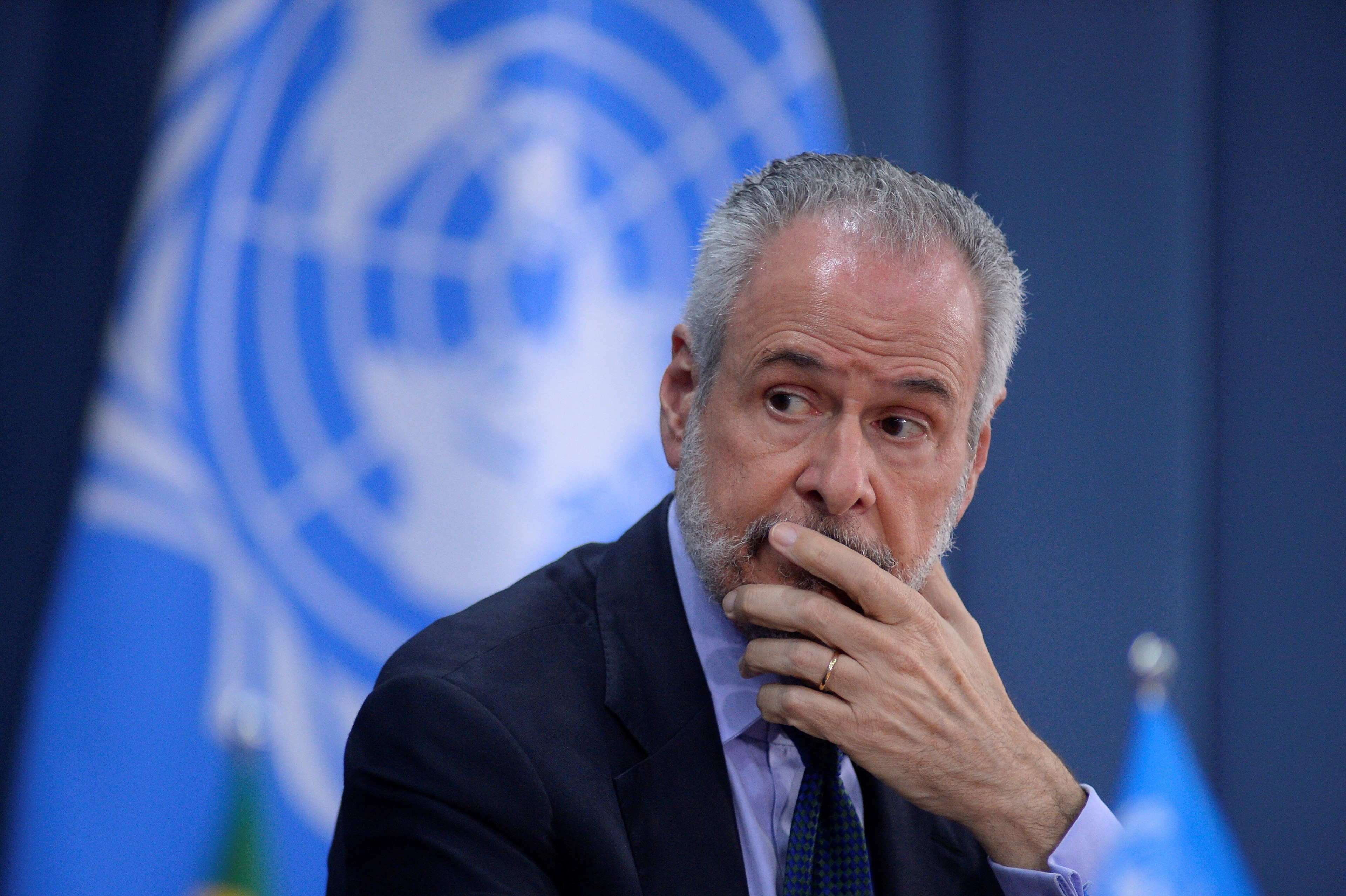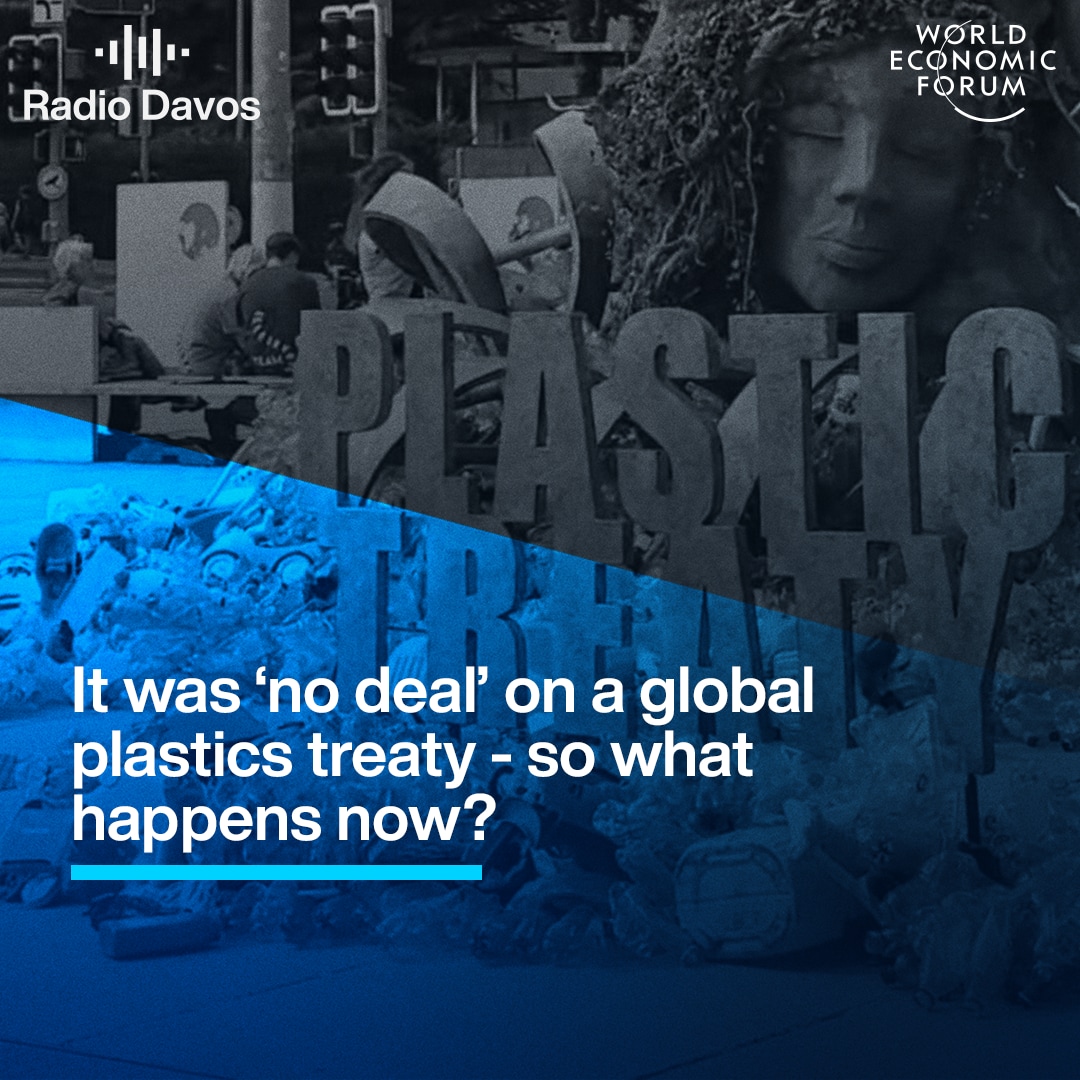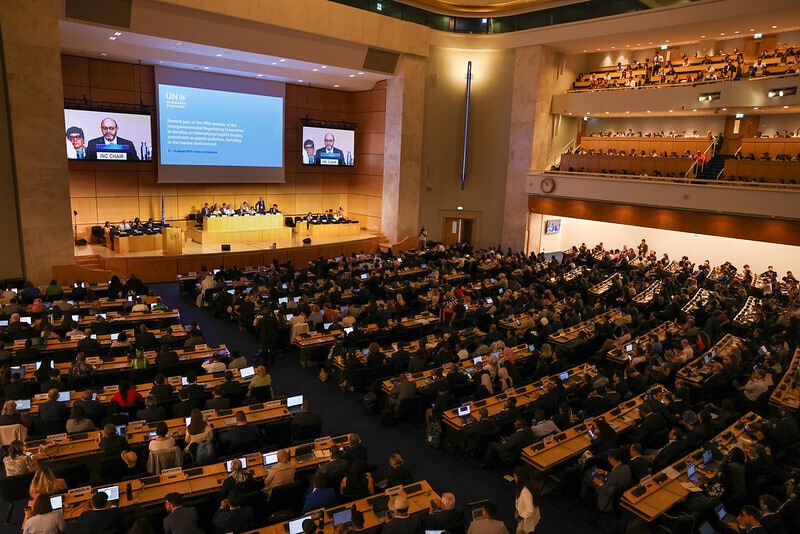This billion-dollar campaign wants to protect 30% of the planet by 2030

A new campaign wants to speed up conservation efforts.
Image: REUTERS/Bruno Kelly
Stay up to date:
Future of the Environment
When the world gathers in Egypt’s Sharm El-Sheikh later this month for the biennial conference of the UN Convention on Biological Diversity, how well we’re protecting the planet will be in the spotlight.
One of the items on the agenda at the Conference of the Parties (COP14) will be to review progress in the implementation of the Strategic Plan for Biodiversity 2011-2020.
Back in in 2010, when the Conference of the Parties (COP10) took place in Nagoya, Japan, 20 Aichi Biodiversity Targets were set out to achieve five strategic goals of protecting the planet’s wildlife and ecosystems.

Along with the UN’s Sustainable Development Goals 14 (Life Below Water) and 15 (Life On Land), which were adopted in 2015 and look ahead to 2030, the targets recognize the crucial role of protected areas in conserving biodiversity.
Target 11 stated that by 2020, “at least 17% of terrestrial and inland water, and 10% of coastal and marine areas, especially those of particular importance for biodiversity and ecosystem services, are conserved through effectively and equitably managed, ecologically representative and well-connected systems of protected areas and other effective area-based conservation measures, and integrated into the wider landscapes and seascapes”.
Progress is stalling
As the World Database on Protected Areas (WDPA) chart below shows, in 2016, we were still a little way off that target of protecting 17% of terrestrial and inland water – and although the target for marine protection had been reached, further progress had seemingly plateaued.

Besides this, approximately 4% of the global ocean is covered as a protected area, according to the UNEP World Conservation Monitoring Centre and International Union for Conservation of Nature’s Protected Planet Report 2016.
Among other things, protected areas play a key role in halting biodiversity loss, improving food and water security, promoting human health and wellbeing, enhancing fish stocks and strengthening sustainable management of fisheries.

However, the report states that “in terms of the representation element of Aichi Biodiversity Target 11, less than half of the world’s 823 terrestrial ecoregions have at least 17% of their area in protected areas (PAs) and only one third of the 232 marine ecoregions have at least 10% of their area protected.
“Less than 20% of Key Biodiversity Areas are completely protected, and therefore further efforts are needed to expand PA systems to ensure that the global PA estate adequately covers areas important for biodiversity and the provision of ecosystem services to people.”
Billion-dollar boost
A new campaign wants to speed up conservation efforts, saying the current protection targets aren’t adequate.
The Wyss Campaign for Nature is investing $1 billion in helping governments, communities and indigenous people “conserve 30% of the planet in its natural state by 2030”.
It states that the international community will have the chance to set these new targets when parties to the Convention on Biological Diversity (COP15) meet in China in 2020.
And adds that the current targets were a minimum, but that “scientists report that the current goals of 17% of each country’s terrestrial area and 10% of each country’s ocean waters are inadequate to ensure the survival and health of most major ecosystems”.

Drawing on WWF’s recent report that global wildlife populations have declined by 60% since 1970, the campaign from philanthropist Hansjörg Wyss’ Foundation hopes to create and expand protected areas, establish more ambitious international conservation targets, invest in science, and inspire conservation action around the world.
Wyss said: “Earth’s wild places cannot be saved by the hands of a few. The fate of our natural world depends on our collective ability to conserve our planet and share its bounties with one another.”
Initially, nine locally-led conservation projects will be supported, from Australia to Zimbabwe, with more projects supported in future.
Don't miss any update on this topic
Create a free account and access your personalized content collection with our latest publications and analyses.
License and Republishing
World Economic Forum articles may be republished in accordance with the Creative Commons Attribution-NonCommercial-NoDerivatives 4.0 International Public License, and in accordance with our Terms of Use.
The views expressed in this article are those of the author alone and not the World Economic Forum.
Related topics:
Forum Stories newsletter
Bringing you weekly curated insights and analysis on the global issues that matter.
More on Nature and BiodiversitySee all
David Elliott
August 27, 2025
Tom Crowfoot
August 20, 2025
Chavalit Frederick Tsao
August 19, 2025
Andrea Willige
August 15, 2025
Tom Crowfoot
August 14, 2025






